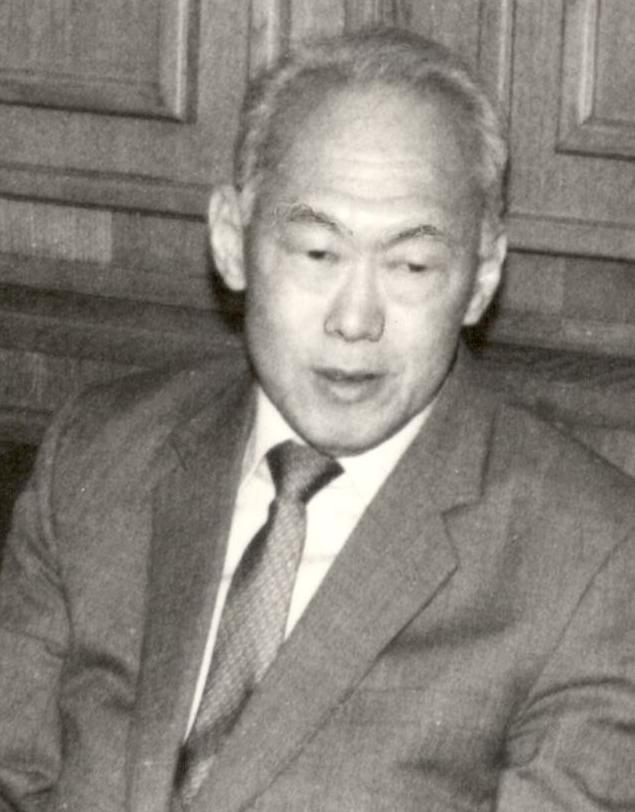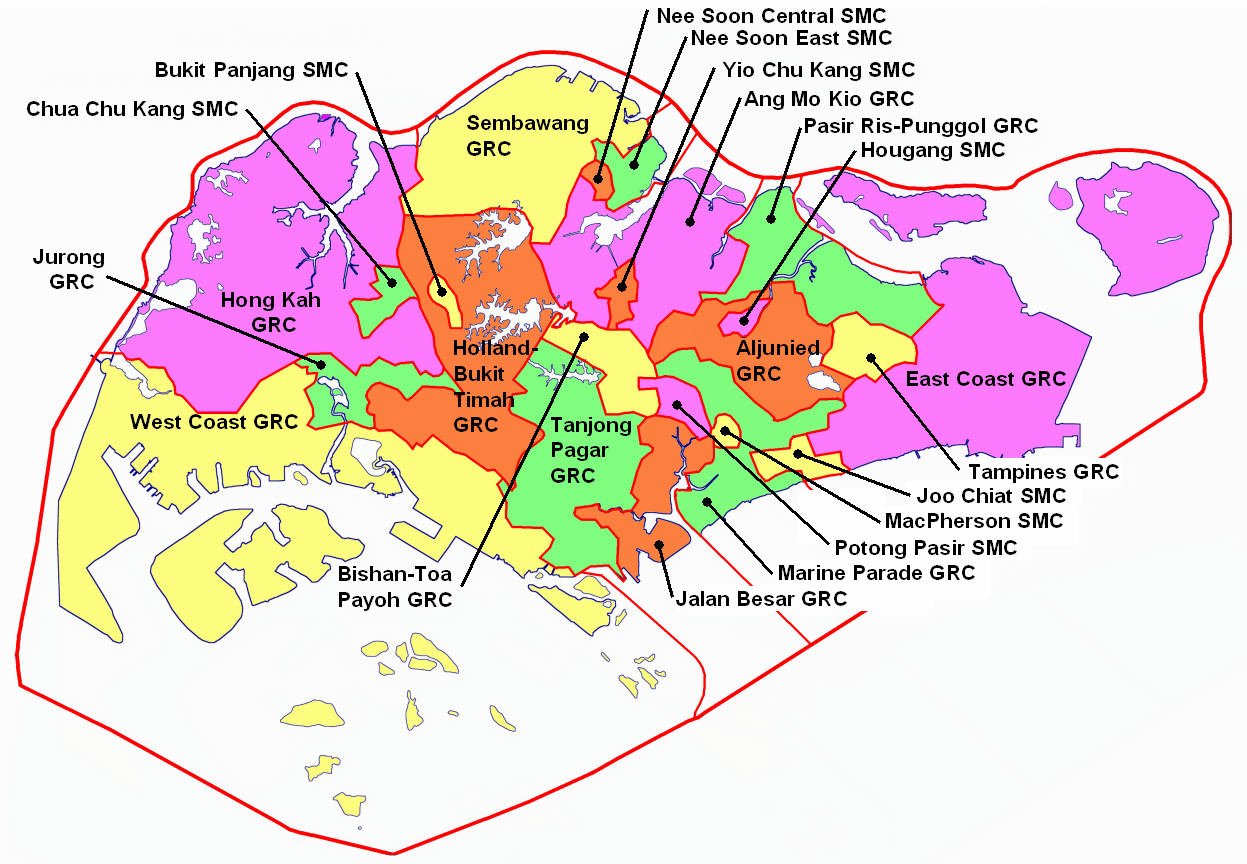|
Yio Chu Kang SMC
The Yio Chu Kang Single Member Constituency is a single member constituency (SMC) in the north-eastern area, Singapore. The current Member of Parliament for the constituency is Yip Hon Weng of the People's Action Party (PAP). Town council Yio Chu Kang SMC, alongside Kebun Baru SMC and Ang Mo Kio GRC The Ang Mo Kio Group Representation Constituency is a five-member Group Representation Constituency (GRC) in the north eastern region of Singapore. The constituency encompasses the majority of Ang Mo Kio (Teck Ghee, Cheng San-Seletar, porti ..., is managed by the Ang Mo Kio Town Council. Members of Parliament Electoral results Elections in 1980s Elections in 2000s Elections in 2020s References 2020 General Election's result [...More Info...] [...Related Items...] OR: [Wikipedia] [Google] [Baidu] |
Parliament Of Singapore
The Parliament of Singapore is the unicameral legislature of the Republic of Singapore, which governs the country alongside the president of Singapore. Largely based upon the Westminster system, the Parliament is made up of Members of Parliament (MPs) who are elected, as well as Non-constituency Members of Parliament (NCMPs) and Nominated Members of Parliament (NMPs) who are appointed. Following the 2020 general election, 93 (currently 92) MPs and two NCMPs were elected to the 14th Parliament. Nine NMPs will usually be appointed by the president. The speaker of Parliament has overall charge of the administration of Parliament and its secretariat, and presides over parliamentary sittings. The leader of the house is an MP appointed by the prime minister to arrange government business and the legislative programme of Parliament, while the leader of the opposition is the MP who leads the largest political party not in the government. Some of Parliament's work is carried out b ... [...More Info...] [...Related Items...] OR: [Wikipedia] [Google] [Baidu] |
1988 Singaporean General Election
General elections were held in Singapore on 3 September 1988. President of Singapore, President Wee Kim Wee dissolved parliament on 17 August 1988 on the advice of Prime Minister of Singapore, Prime Minister Lee Kuan Yew. The result was a victory for the People's Action Party, which won 80 of the 81 seats. Though the total eligible voter population surpassed 1 million in 1976 Singaporean general election, 1976, this was the first time that the total eligible voter population in contested seats and voter turnout exceeded 1 million. This feat will not be repeated again until 2006 Singaporean general election, 2006 or 18 years later. Overview Group Representation Constituencies were introduced in this general election to ensure ethnic minority representation in Parliament, starting with three member constituencies. This was the last time Prime Minister Lee Kuan Yew led the PAP in an election and another two stalwarts, former Deputy Prime Minister Dr Toh Chin Chye and Senio ... [...More Info...] [...Related Items...] OR: [Wikipedia] [Google] [Baidu] |
Constituencies Established In 1980
An electoral district, also known as an election district, legislative district, voting district, constituency, riding, ward, division, or (election) precinct is a subdivision of a larger state (a country, administrative region, or other polity) created to provide its population with representation in the larger state's legislative body. That body, or the state's constitution or a body established for that purpose, determines each district's boundaries and whether each will be represented by a single member or multiple members. Generally, only voters (''constituents'') who reside within the district are permitted to vote in an election held there. District representatives may be elected by a first-past-the-post system, a proportional representative system, or another voting method. They may be selected by a direct election under universal suffrage, an indirect election, or another form of suffrage. Terminology The names for electoral districts vary across countries and, occa ... [...More Info...] [...Related Items...] OR: [Wikipedia] [Google] [Baidu] |
Ang Mo Kio
Ang Mo Kio is a planning area and residential town situated in the North-East of Singapore. Located approximately north of the Downtown Core district, Ang Mo Kio is the 3rd most populated planning area in the North-East Region and ranks 8th in terms of population in the country overall. The planning area is located at the south-western corner of the North-East Region, bordered by the planning areas of Yishun to the north, Sengkang to the north-east, Serangoon to the east, Bishan to the south and the Central Water Catchment to the west. Prior to urbanization, the area, much like other rural districts in Singapore at the time, was largely undeveloped, being mainly used for agricultural purposes, with uninhabited plots of land usually covered in dense secondary forest or swamps. [...More Info...] [...Related Items...] OR: [Wikipedia] [Google] [Baidu] |
Singaporean Electoral Divisions
Singaporeans, or the Singaporean people, refers to citizens or people who identify with the sovereign island city-state of Singapore. Singapore is a multi-ethnic, multi-cultural and multi-lingual country. Singaporeans of Chinese, Malay, Indian and Eurasian descent have made up the vast majority of the population since the 19th century. The Singaporean diaspora is also far-reaching worldwide. In 1819, the port of Singapore was established by Sir Stamford Raffles, who opened it to free trade and free immigration on the island's south coast. Many immigrants from the region settled in Singapore. By 1827, the population of the island was composed of people from various ethnic groups. Singapore is a multilingual and multicultural society home to people of groups of many different ethnic, religious and national origins, with the majority of the population made up of Chinese, Malay, Indian and Eurasian descent. The Singaporean identity was fostered as a way for the different ethnic gr ... [...More Info...] [...Related Items...] OR: [Wikipedia] [Google] [Baidu] |
1991 Disestablishments In Singapore
File:1991 Events Collage.png, From left, clockwise: Boris Yeltsin, 1991 Russian presidential election, elected as Russia's first President of Russia, president, waves the new flag of Russia after the 1991 Soviet coup d'état attempt, orchestrated by Soviet Union, Soviet hardliners; Mount Pinatubo 1991 eruption of Mount Pinatubo, erupts in the Philippines, making it the List of large historical volcanic eruptions, second-largest Types of volcanic eruptions, volcanic eruption of the 20th century; MTS Oceanos sinks off the coast of South Africa, but the crew notoriously abandons the vessel before the passengers are rescued; Dissolution of the Soviet Union: The Flag of the Soviet Union, Soviet flag is lowered from the Kremlin for the last time and replaced with the flag of the Russian Federation; The United States and soon-to-be dissolved Soviet Union sign the START I Treaty; A tropical cyclone 1991 Bangladesh cyclone, strikes Bangladesh, killing nearly 140,000 people; Lauda Air Flight ... [...More Info...] [...Related Items...] OR: [Wikipedia] [Google] [Baidu] |
1980 Establishments In Singapore
__NOTOC__ Year 198 (CXCVIII) was a common year starting on Sunday (link will display the full calendar) of the Julian calendar. At the time, it was known as the Year of the Consulship of Sergius and Gallus (or, less frequently, year 951 '' Ab urbe condita''). The denomination 198 for this year has been used since the early medieval period, when the Anno Domini calendar era became the prevalent method in Europe for naming years. Events By place Roman Empire *January 28 **Publius Septimius Geta, son of Septimius Severus, receives the title of Caesar. **Caracalla, son of Septimius Severus, is given the title of Augustus. China *Winter – Battle of Xiapi: The allied armies led by Cao Cao and Liu Bei defeat Lü Bu; afterward Cao Cao has him executed. By topic Religion * Marcus I succeeds Olympianus as Patriarch of Constantinople (until 211). Births * Lu Kai (or Jingfeng), Chinese official and general (d. 269) * Quan Cong, Chinese general and advisor (d. ... [...More Info...] [...Related Items...] OR: [Wikipedia] [Google] [Baidu] |
2020 Singaporean General Election
General elections were held in Singapore on Friday, 10 July 2020 to elect 93 members to the Parliament of Singapore across 31 constituencies. Parliament was dissolved and the general election called by President Halimah Yacob on 23 June, on the advice of Prime Minister Lee Hsien Loong. It elected members of parliament to the 14th Parliament of Singapore since Singapore's independence in 1965, using the first-past-the-post electoral system. Voting was mandatory for all Singaporeans who were aged 21 or above as of 1 March 2020. This election was the 18th general election in Singapore and the 13th since independence. The ruling People's Action Party secured its 15th consecutive term in government since 1959, setting the second-longest uninterrupted record among countries with universal suffrage of 66 years if the PAP finishes their full term of five years, behind Mexico's Institutional Revolutionary Party which held power for 71 consecutive years. The results saw the ruling P ... [...More Info...] [...Related Items...] OR: [Wikipedia] [Google] [Baidu] |
2006 Singaporean General Election
General elections were held in Singapore on 6 May 2006. President of Singapore, President S.R. Nathan dissolved parliament on 20 April 2006 on the advice of Prime Minister of Singapore, Prime Minister Lee Hsien Loong three weeks before the election. The People's Action Party (PAP) won 66.6% of the overall votes and gained 82 out of 84 seats. The PAP held the office of Prime Minister for a twelfth consecutive term. The general election was held under the first-past-the-post system. On Nomination Day, the PAP gained 37 seats in divisions which were uncontested by other parties. The main election issues included employment, cost of living, housing, transport, education, the need for an effective opposition voice in parliament, and the quality of the candidates. This election marked the first time since 1988 Singaporean general election, 1988 that total eligible voter population in contested seats as well as voter turnout exceeded 1 million and this figure has not dropped ever ... [...More Info...] [...Related Items...] OR: [Wikipedia] [Google] [Baidu] |
1984 Singaporean General Election
General elections were held in Singapore on 22 December 1984. President of Singapore, President Devan Nair dissolved parliament on 4 December 1984 on the advice of Prime Minister of Singapore, Prime Minister Lee Kuan Yew. The result was a victory for the People's Action Party, which won 77 of the 79 seats, marking the first time since 1963 Singaporean general election, 1963 that at least one opposition candidate was elected to parliament in a general election, although the first presence of an opposition MP was in the 1981 Anson by-election, 1981. Background In his 1983 National Day Rally speech, Prime Minister Lee Kuan Yew lamented that declining birth rates and large number of graduate women remaining single or not marrying their intellectual equal could see Singapore's talent pool shrink. The PAP government then proceeded to launch the "Population control in Singapore, Graduate Mothers' Scheme" to entice graduate women with incentives to get married and grant graduate mothers p ... [...More Info...] [...Related Items...] OR: [Wikipedia] [Google] [Baidu] |
North-East Region, Singapore
The North-East Region of Singapore is one of the five regions in the city-state. The region is the most densely populated and has the highest population among the five, with Sengkang being its most populous town as of 2020 and Seletar as the regional centre. Comprising 13,810 hectares, it includes seven planning areas and is largely a residential region with 217,120 homes. Housing largely consists of high-density HDB public housing estates, however private housing is also present in the region. As its name implies, it is located in the north-eastern part of Singapore. The North-East Region, along with the four other planning regions, was officially established by the Urban Redevelopment Authority in 1999. Prior to the 1970s, the region was predominantly rural and experienced very little urbanisation. It was only with the development of towns such as Ang Mo Kio and Hougang over the next few decades that the region began to grow significantly in population and experienced dramati ... [...More Info...] [...Related Items...] OR: [Wikipedia] [Google] [Baidu] |





